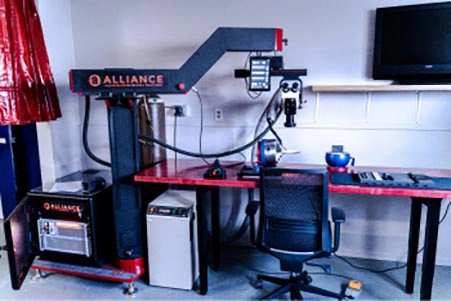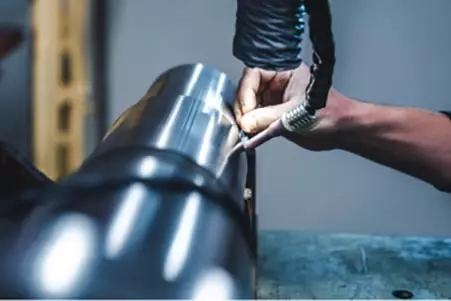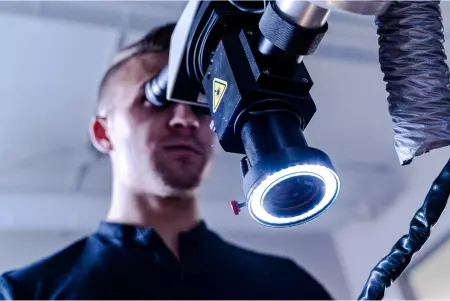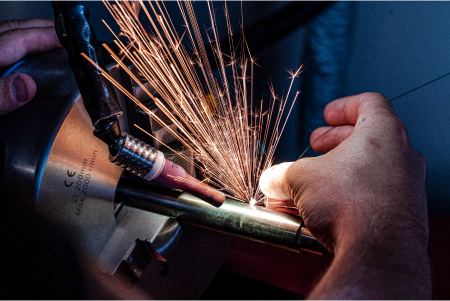
Applications Engineer/Service Technician
Office:
+1.815.316.5255
Mobile:
+1.815.979.4099
Email:
korey@ame.com

Associate Teaching Professor at Colorado School of Mines
Office:
+1.303.384.2614
Email:
dblood@mines.edu

WHAT IS A LASER
Lasers are barely 60 years old, relatively young in the manufacturing world. Despite their age they have gained acceptance in almost every step of the manufacturing process. Whether it is for measuring, cutting, welding, heating, marking, or safety systems, the lasers all exhibit the same characteristics; a highly focused beam of light energy that is effectively a single wavelength.
Request a Quote"Lasers can be configured to produce different types of laser beams for different cutting applications. [...] Understanding how to control and adjust lasers opens up new opportunities in the manufacturing world."
-Dr. Daniel Blood, Associate Professor of Mechanical Engineering at Colorado School of Mines
ABOUT LASER APPLICATIONS
One of the most common applications for lasers is cutting. The laser energy is sufficiently focused and intense that it can vaporize the workpiece material in a fraction of the time a traditional flame torch would require. This results in money and time saved throughout the process as well as fewer geometric and mechanical property changes in the workpiece.
Lasers are constantly evolving, and two other applications that are becoming more widely adopted are laser engraving and welding
Request a Quote

HOW DOES LASER WELDING WORK
Laser welding is a precise application of energy in a specific region of the workpiece that results in localized melting rather than vaporization. Keeping energy localized during welding is highly desirable because it can minimize how much the workpiece is altered, and laser welding is one of the most focused energy technologies on the market. The degree of control and minimal impact to surrounding material allows manufacturers to reduce or even eliminate secondary finishing processes. This unique benefit accelerated laser welding integration in applications ranging from automated production processes on mass-manufacturing lines, to precise manual repair.
Request a Quote"Lasers enable the reduction, or even elimination, of secondary processing steps that would typically increase the manufacturing time and cost of a product."
-Dr. Daniel Blood, Associate Professor of Mechanical Engineering at Colorado School of Mines
WHEN TO CHOOSE LASER WELDING OVER ‘TRADITIONAL’ WELDING
Laser welding has unique advantages over traditional ARC/MIG/TIG electricity-based welding because it does not require the exchange of electrons. In electricity-based welding the electrons flow between the workpiece and electrode to generate heat, and this flow is highly dependent on the welding setup. The geometry, conductivity, coatings, and alloying of the workpiece can all affect how the electrons flow. Certain workpiece characteristic combinations may even result in welds that are impossible for electricity-based welding processes.
SUMMARY OF LASER APPLICATIONS
Lasers come with a unique set of benefits and drawbacks that are opening the technology to new applications every day. The ability to apply a relatively large amount of energy in a specific region allows lasers to do anything from fully vaporizing materials in cutting applications to only slightly modifying the surface in engraving. Lasers enable the reduction, or even elimination, of secondary processing steps that would typically increase the manufacturing time and cost of a product. It is very likely that lasers will become an integral part of manufactured goods in the near future.
Request a Quote
WANT TO LEARN MORE?
Checkout our AMWELD service flyer to learn more about laser welding and its applications.
